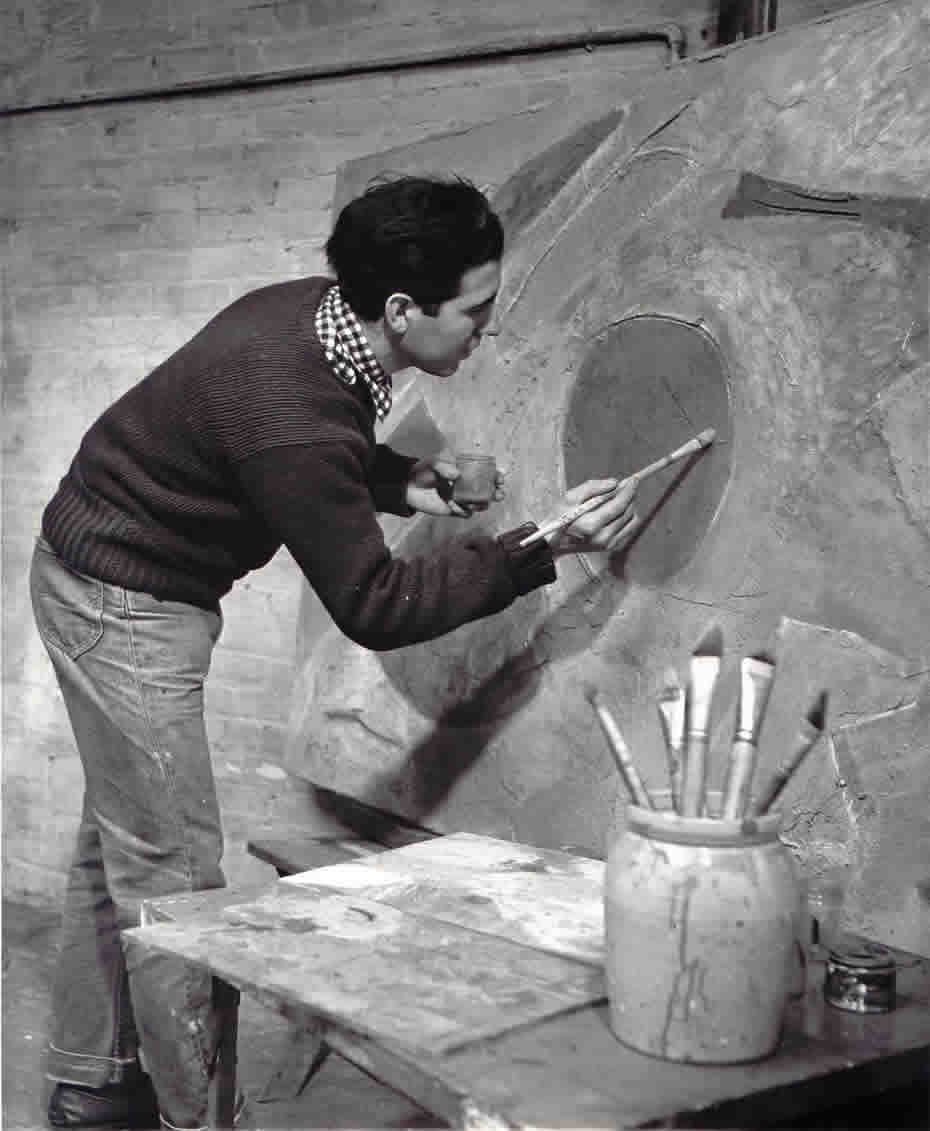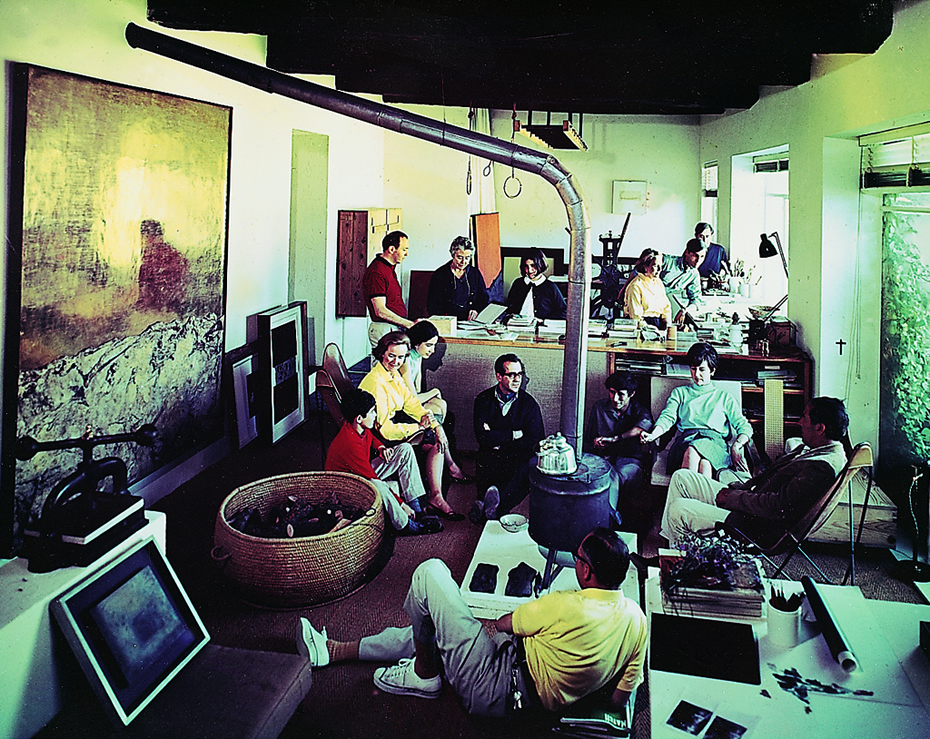After the artist’s death in December 1991, his family finally accepted the plan and the Cultural Department of the Diputación de Granada began serious work on the project in 1992. Its relevance was officially recognized when, on 14th May 1993, the Diputación formally accepted the offer of the painter’s heirs, acknowledging its enormous patrimonial value.
Since in the meanwhile the Colegio de Niñas Nobles had been ceded to the Euro-Arabic University, a change of building was proposed to and accepted by the family. The new site chosen was the Patria Building, that had to be rehabilitated for the purpose and had already been awarded a grant by the Ministry of Education.
In 1995, the rehabilitation project was awarded to the architect Antonio Jiménez Torrecillas under the supervision of Gustavo Torner and the design of the museum itself to Yolanda Romero Gómez. A committee of experts on his work (Juan Manuel Bonet, María de Corral, José Mª Rueda, Eduardo Quesada and Yolanda Romero) in collaboration with his heirs proceeded to make a selection of work, consisting of 40 large-format oils on canvas from different periods of his career and illustrating the main lines of his development. The collection also contains pieces on paper and the artist’s personal archive, consisting of his correspondence, personal writings and varied material both published and unpublished.
This legacy initially took the form of a fixed term deposit for ten years, on conclusion of which, in 2015, both parties agreed to maintain the aims, operation and line of work of the José Guerrero Centre by means of a new loan of use contract.




















